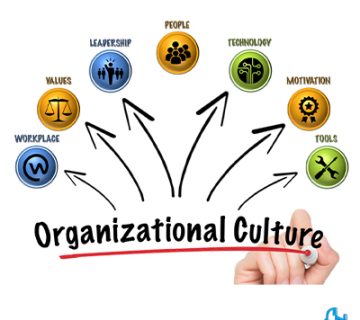
How to stay agile remotely with the coronavirus
Agile remote work
In order to speed up the work, teams should be created in the organization. Studies show that teams that work together in the organization have higher productivity and effectiveness and better decision making. Are team members working in remote areas still agile despite the coronavirus?The answer is yes. Research has shown that agile remote work makes things easier to control.
Agile principles of remote work
1) Principled and firm prioritization:
Prioritizing backlogged tasks and constantly correcting them ensures that people and teams can work on the most valuable issues of the organization even if they are far away.
2) Creation of CFT multi-specialty teams:
Small multidisciplinary teams with high flexibility have been created so that they can have the best efficiency in case of any program changes.
3) holding meetings:
Having regular meetings helps ensure that everyone is aligned and working together when people are working from home.
4) Agile leadership:
Good leaders focus on specific results and goals and enable teams to have a shared vision to advance goals.
At its core, agile is a set of cultural values, principles, and behaviors, not a set of specific practices. Teams that stay true to the basics can function effectively until life and business return to more normal patterns. Here is how the teams work in such a way that they have to show their efforts.
Maintain alignment
As we have seen before, multidisciplinary teams are the core of any agile organization. The ability to act autonomously fosters creativity and enables teams to make decisions quickly. But a high degree of independence is created only in a situation where there is a lot of alignment in the teams and among the teams.
The duty of leaders to maintain balance
Agile leaders must make doubly sure that teams are moving in line with the company’s strategy and priorities. Leaders need to communicate, explain why and why, to keep members focused on their team’s goals and their connection to larger business goals. In times of distraction, when teams are physically separated, maintaining alignment becomes more important than ever.
Prioritizing organizational communication
Regular communication helps create structure and normalcy in a remote working day. The leader of the organization holds team meetings between 60 and 90 minutes a week to discuss progress, forecast plans for the next week, and identify any emerging risks or problems.
Communicating with each member should be between 15 and 30 minutes daily. At this time, the leader of the organization reviews the progress from yesterday, plans for today and identifies problems. In addition, virtual meetings (using video conferencing where possible) and instant messaging are used when necessary to chat with colleagues about work and other matters.
Use of communication tools
Today there are many virtual tools and messaging platforms and they can help you. Consider using conferencing tools such as Webex and Zoom for audio and video communications.
Larger companies can use their virtual private networks. Continuous communication during working hours can facilitate informal and formal communication between team members. Frequent calls or conference calls in the early days of remote work can help people adjust to a new way of interacting
Build a friendly team culture
Cultivation is one of the most difficult and most important stages of remote work. Culture is an intangible but important aspect of the workplace, and when teams are physically dispersed, culture is easily lost.
Good leaders look for innovative ways to create a culture that is appropriate and intimate for team members. One way is to invite team members to the leaders’ new work environment. Leaders can share photos or take a virtual tour of their home office or even home and neighborhood.
One heart:
Some people will react more quickly to disruption in their work environment than others. For example, those who have children may work more at home than at work.
Consider that people’s reactions to this situation will be different and talk openly about your views and problems in remote work. Team members who are aware of each other’s conditions can work more effectively and help their colleagues until life and business return to normal.
Transparency:
In a situation where the only thing that seems certain is uncertainty, leaders must make an extra effort to communicate fully and transparently about their work, current deadlines, and the personal responses of each member of the organization.
Entertainment:
Encourage non-work conversations between colleagues. These informal conversations are important for maintaining relationships. Not all online conversations should be about work.
While no one knows how long the COVID-19 crisis will last, it seems likely that many organizations will be able to work remotely for some time. Productivity may be affected, but the organization will continue its work routine.






No views